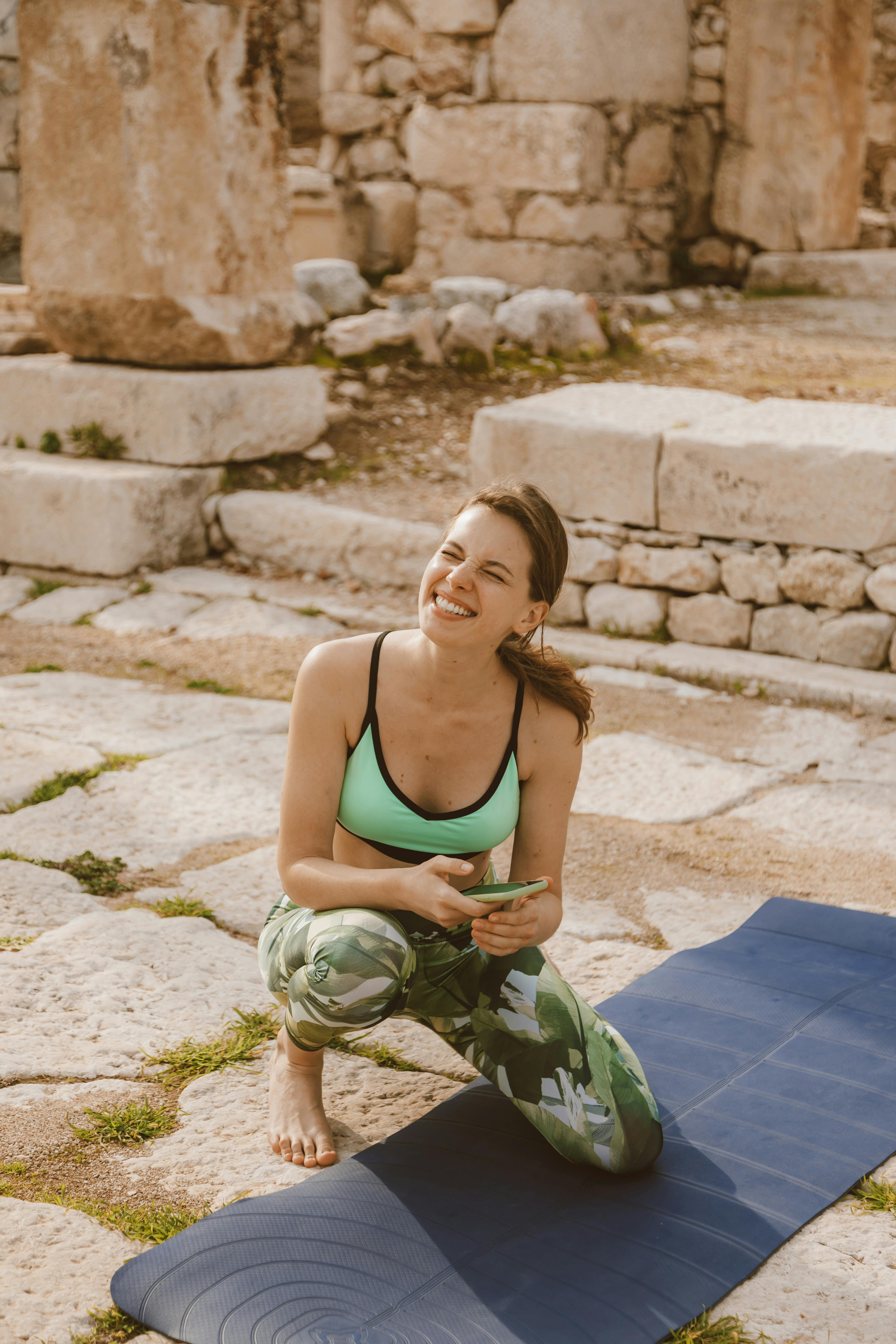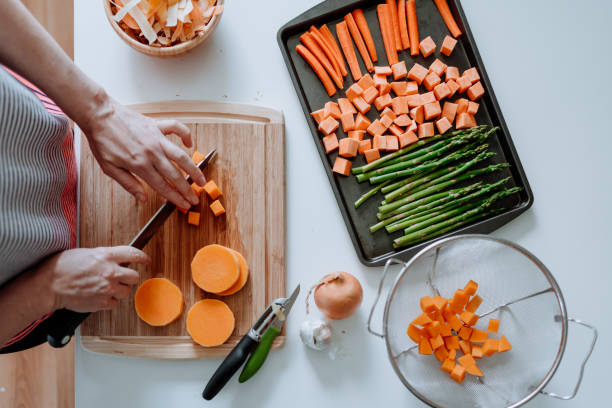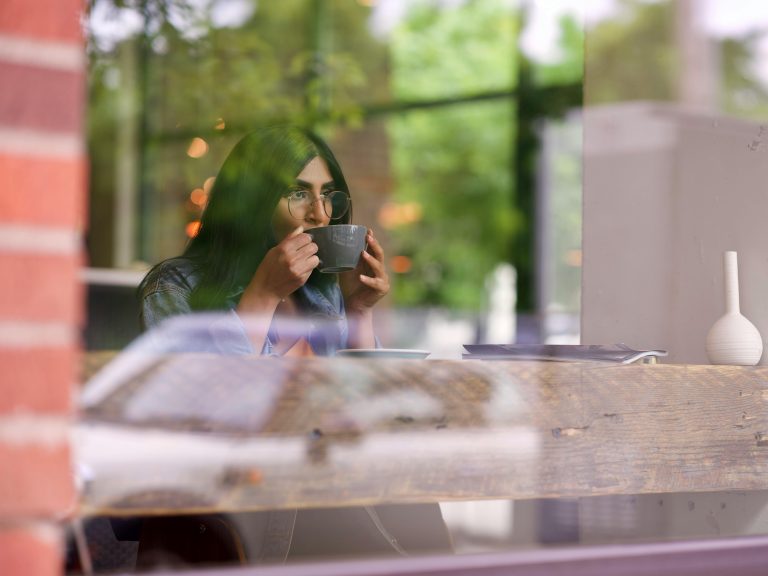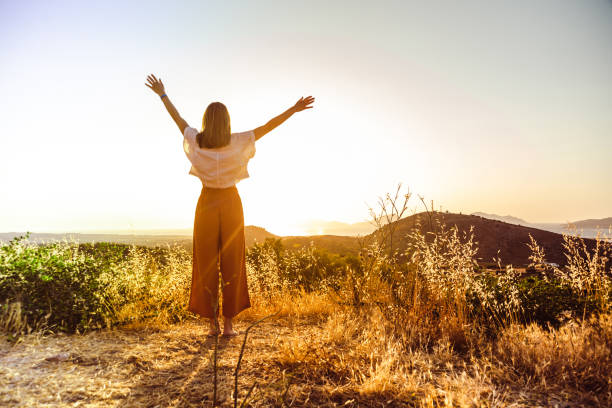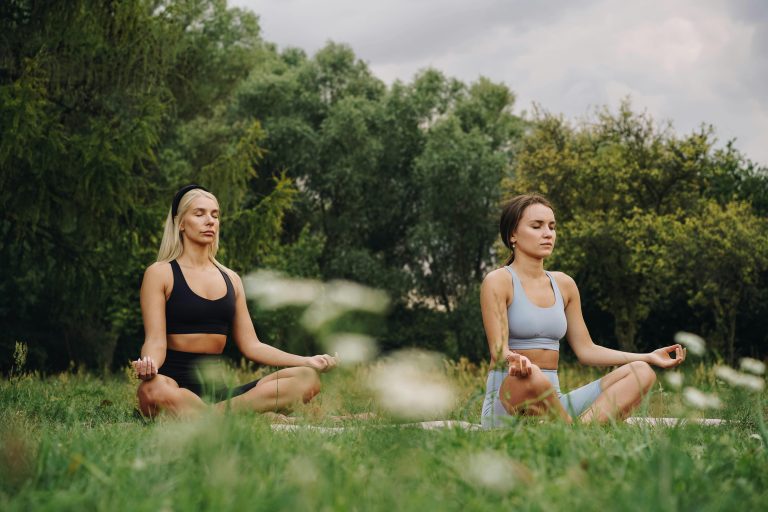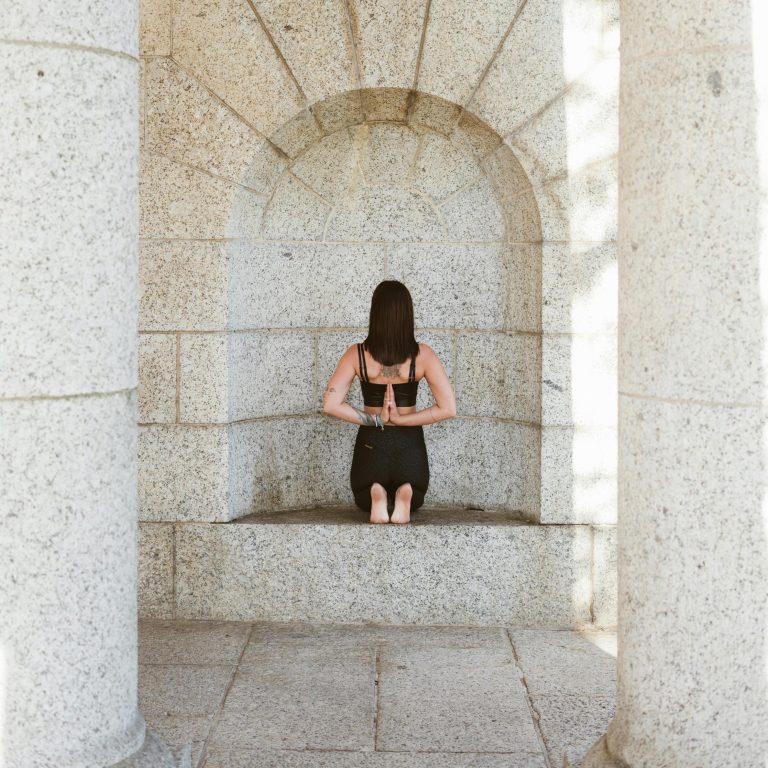Breaking Through Self-Doubt with Yoga: Practices for Confidence and Empowerment
For most of my adult life, I’ve been learning what it really means to build a sense of self. There was a time when I thought confidence was something you either had or didn’t a fixed trait, almost like a personality type. But over time, I began to see that confidence isn’t something we’re born with. It’s something we practice. It grows quietly, moment by moment, in the small ways we choose to show up for ourselves.
Self-doubt is a deeply human emotion. It can whisper in the back of your mind when you start something new or step outside your comfort zone. It can linger after mistakes, clouding your ability to see how capable you really are. Many of us know what it feels like to question our worth in our work, relationships, or even in the stillness of our own thoughts. The truth is, everyone experiences self-doubt at some point; the difference is how we choose to meet it.
Yoga offers a path to meet it with awareness, compassion, and action. On the mat, the practice invites us to return to the body to the breath that keeps us steady and to the movement that reminds us we are alive and capable. Through each inhale and exhale, we begin to rebuild trust within ourselves. It starts small: committing to one flow and seeing it through to the end. Allowing your breath to guide you when your mind wants to quit. Sending gratitude to the legs that carry you, the lungs that expand and contract, the heart that keeps you alive.
Each moment on the mat becomes an opportunity to practice confidence not as performance, but as presence. You start to notice that the same courage it takes to hold a pose translates into the courage to speak your truth, to take a leap in your career, or to believe in your worth. The more you trust your body, the more you trust your life.
The Connection Between Self-Doubt and the Body
Self-doubt doesn’t just live in the mind it takes residence in the body. It shows up in subtle ways: a tight chest, slumped shoulders, shallow breathing, or tension in the jaw. These physical expressions of doubt can create feedback loops that reinforce insecurity and disconnection.
Yoga helps us interrupt that cycle. When we begin to notice where we hold self-doubt in the body, we open a doorway to release. Movement reconnects us with what’s true beneath the noise a steady pulse of strength that’s always been there. The breath becomes a guide, reminding us that every inhale is an invitation to expand, and every exhale is an opportunity to let go.
Next time you step onto your mat, take a moment to close your eyes. Feel your feet rooted into the earth. Notice your breath as it flows in and out of your nose. Where do you feel tension or resistance? Instead of trying to fix it, listen to it. Often, the body holds the stories we haven’t yet told ourselves stories of comparison, fear, or not-enoughness. Through mindful movement, those stories begin to loosen their grip. With each breath, you make space for trust to return.
Building Confidence Through Practice
You don’t have to be an expert to use yoga as a tool for confidence. In fact, the process of learning wobbling, falling, trying again is where self-trust grows. Confidence isn’t built in perfection; it’s built in presence.
Below is a simple grounding and heart-opening sequence designed to help you embody trust and empowerment. Move slowly, breathe deeply, and allow each posture to become a conversation with your inner self.
1. Mountain Pose (Tadasana): Root into Strength
Stand tall with your feet hip-width apart. Spread your toes and ground through all four corners of your feet. Lengthen through the spine as you roll your shoulders back and down.
Take a deep inhale and feel your body lift; exhale and feel your body root.
Notice the natural alignment of your body — steady, strong, and grounded.
Repeat quietly to yourself:
“I am supported. I am steady. I am enough.”
Mountain Pose reminds you that confidence begins with presence. By standing tall, you send a message to your nervous system: I belong here. Hold this pose moving with the breath for 3 minuets.
2. Warrior II (Virabhadrasana II): Open and Stand in Your Truth
Step one foot back, turning it slightly out. Extend your arms out at shoulder height, gaze over your front fingertips, and bend your front knee. Feel the grounded power in your stance — strong but fluid.
Breathe into your chest. Let your heart open forward as you anchor through your back foot.
This pose invites courage — the kind that comes from openness, not armor. Confidence isn’t about hardening; it’s about allowing your authentic self to be seen.
Affirm:
“I meet life with strength and openness.”
3. Low Lunge (Anjaneyasana): Expand with Trust
From Warrior II, windmill your arms down and lower your back knee to the mat. Lift your chest and reach your arms overhead. Let your hips sink forward gently.
Feel your heart lift toward the sky, your breath deepening. Imagine each inhale creating space for new possibilities.
Low Lunge teaches surrender through expansion. You can be grounded and open at the same time — stable yet soft, steady yet growing.
Affirm:
“I trust myself to grow through what I practice.”
4. Child’s Pose (Balasana): Return to Safety
Release down to your mat, bringing your big toes to touch and knees wide. Fold forward and rest your forehead on the ground.
Breathe deeply into your back body. Let your shoulders melt and your jaw unclench.
This is where you return to yourself — a place of rest, reflection, and integration. In stillness, confidence settles in quietly, reminding you that you are safe within yourself.
Affirm:
“I trust my body. I trust my journey.”
Practicing these poses regularly begins to rewire your relationship with self-trust. As you root, open, expand, and rest, you teach your body what confidence feels like — steady, warm, and self-assured. Over time, that embodied confidence begins to ripple outward into your daily life.
Yogic Philosophy: Trusting the Self
The physical practice of yoga builds strength and awareness, but true empowerment deepens when we integrate yoga’s inner teachings.
Svadhyaya, or self-study, encourages us to turn inward with curiosity. Instead of labeling our doubts as failures, we begin to study them as teachers. Ask yourself: What is this feeling trying to show me? What belief is ready to be rewritten?
Through Santosha (contentment) we learn that confidence doesn’t require perfection. It’s the quiet acceptance that we are enough as we are, even while we continue to grow.
And through Tapas, the discipline of practice, we learn consistency. Every time you show up on your mat, even for five minutes, you strengthen the muscle of self-trust. Each act of returning is a declaration: I am worth showing up for.
Yoga isn’t about mastering postures; it’s about mastering presence. Confidence comes from knowing that no matter what shape your body takes, you can return to your breath, your balance, and your inner truth.
Affirmations for Confidence and Empowerment
These affirmations can be used during your practice or as daily reminders. Speak them slowly, with conviction and breath.
- I am enough exactly as I am.
- I trust myself to grow through what I practice.
- Each breath builds strength within me.
- I meet life with strength and openness.
- My body is wise, capable, and strong.
- I am grounded in who I am becoming.
- I walk with confidence, guided by my heart.
You can repeat one affirmation at the start of your practice, or choose one to carry with you throughout your day.
Journal Prompts for Reflection
After your practice, take a few quiet minutes to journal. Writing helps solidify the internal shifts that begin on the mat.
- What part of myself do I doubt most often, and why?
- What does confidence feel like in my body?
- When was the last time I surprised myself with my own strength?
- How does my yoga practice reflect my relationship with self-trust?
- What is one small promise I can make — and keep — to myself this week?
Let your answers flow without editing. Sometimes clarity arrives not in the writing itself, but in the space it creates.
Closing Reflection: Walking Forward with Trust
Breaking through self-doubt doesn’t happen overnight. It’s a gradual unfolding — a process of remembering your worth one breath, one pose, one choice at a time.
Yoga teaches that empowerment isn’t loud or flashy; it’s quiet, grounded, and deeply personal. Each time you root your feet in Mountain Pose, open your heart in Warrior, or soften in Child’s Pose, you practice confidence. You remind yourself that your body knows how to carry you, your breath knows how to steady you, and your heart knows how to lead you home.
The mat becomes a mirror — showing you not who you wish to be, but who you already are: strong, capable, and whole. As you rise from your practice, carry that knowing with you. Let it guide how you move through the world, how you speak to yourself, and how you meet every new beginning.
Because confidence doesn’t mean never feeling doubt — it means trusting yourself enough to move through it.
